Yabusame horseback archery
Witness the incredible martial art of horseback archery as the spirit of the samurai lives on.
Yabusame is the ancient Japanese martial art of horseback archery. Originally established in 12th century Japan during the Kamakura period, yabusame is a dramatic art originally developed as a way to entertain the Shinto gods and thus secure their blessings and prosperity, as well as military training exercise. Punishments for those who performed badly could be severe extending as far as ritual suicide or seppuku.
Yabusame is performed on a 255 metre track. The archer gallops down the track controlling the horse with just his knees, as he holds the bow in one hand and takes an arrow with his other in preparation to fire at the target. Three targets are placed at intervals along the track and as the archer raises his bow he lets out a shriek of "in-yo-in-yo" - darkness and light. To strike all three targets is considered a great achievement and the finest archer is always rewarded with a white flag, a symbol of the gods' favour.
When to go: The Kamakura festival is held each year on 16th September. Please ask for details of other yabusame events being held across Japan.
For more information email us: [email protected] or call: 303 952 0379
A quick note about our experiences: Our experiences are designed to be part of a complete, tailor-made travel package and are not available to book individually. This allows us to ensure every detail – from accommodation to transport – is perfectly coordinated for you. If you're interested in one of these experiences, we'd love to help you build a full itinerary around it!
Other Festivals experiences
View more >
Gion festival
The most famous of all Japan's festivals, the Gion Matsuri dates back to 898.

Hollyhock festival
A stately procession of Kyotoites and animals re-enacts the delivery of the Emperor's message to two of Kyoto's most important shrines.

Awa Odori dance festival
Head to Tokushima for the most famous and boisterous of Shikoku's summer dance festivals.
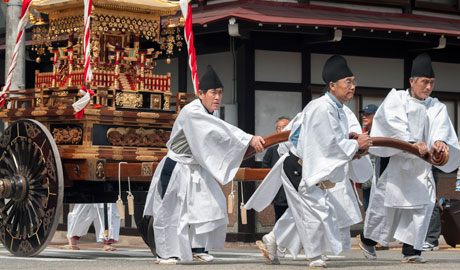
Takayama Spring & Autumn Festivals
Takayama comes alive in mid-April and mid-October for their annual festivals.
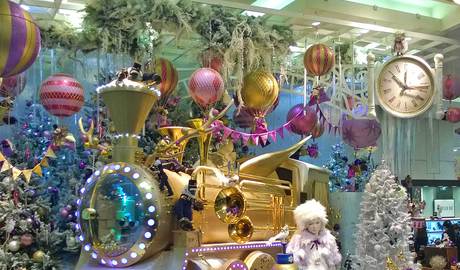

 UK
UK
 Australia
Australia
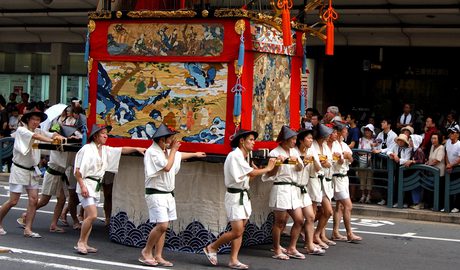
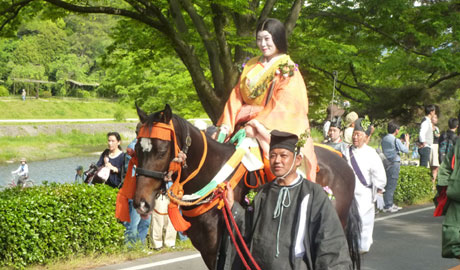
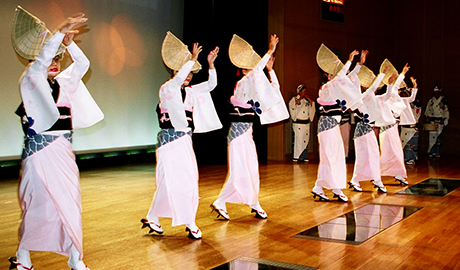
 Inside Japan UK office
Inside Japan UK office Inside Japan US office
Inside Japan US office Inside Japan Australia office
Inside Japan Australia office Inside Japan - Japan office
Inside Japan - Japan office

























